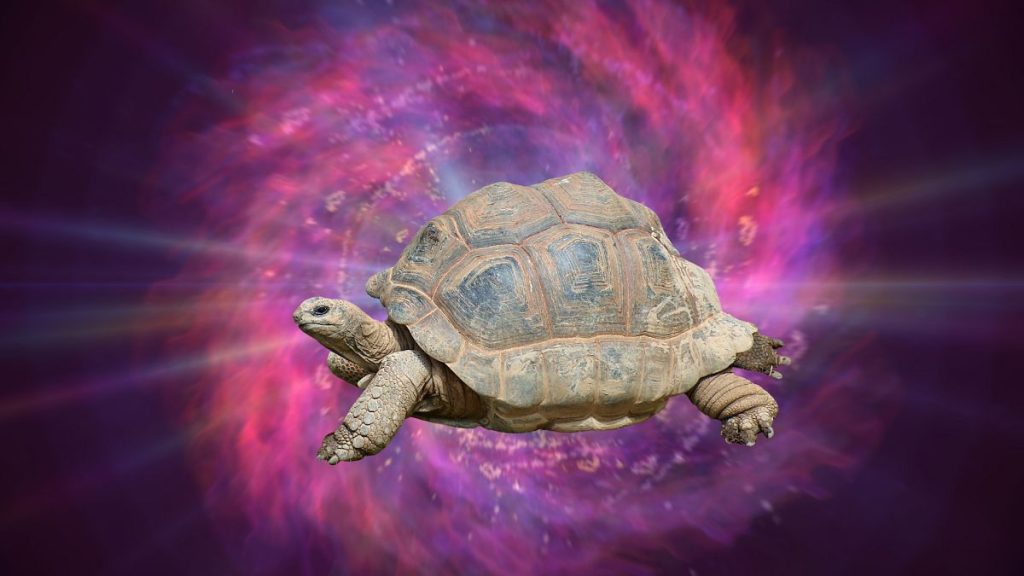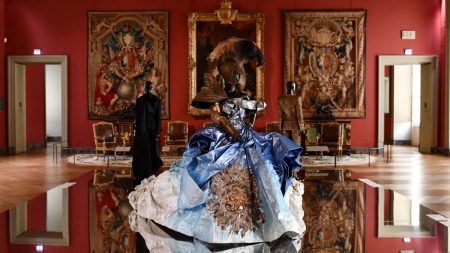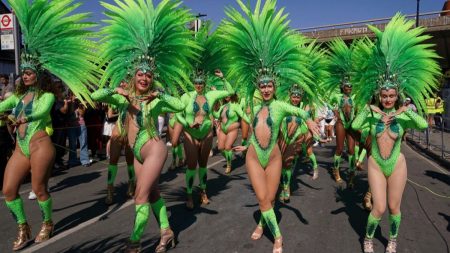The discovery of a tortoise shell engraving within Manot Cave in Western Galilee, Israel, offers a fascinating glimpse into the spiritual lives of early humans inhabiting the Levant region some 37,000 years ago, during the Upper Paleolithic Aurignacian era. This finding represents potentially the oldest identified religious symbol in the Middle East, predating the emergence of organized religions by millennia. The presence of a dedicated “ritual compound” within the cave, centered around the tortoise engraving, suggests that this creature held significant symbolic meaning for these early communities. This discovery sheds light not only on their spiritual beliefs but also on the social dynamics and adaptive strategies of Upper Paleolithic societies.
The Manot Cave, known to have been inhabited by humans for at least 50,000 years, housed a unique ritual space within its depths. Researchers unearthed evidence indicating that groups of up to 100 individuals would congregate in this chamber, likely using handheld torches to illuminate the space, as it was located far from any natural light source. The central focus of this gathering was a large boulder bearing the meticulously carved image of a tortoise shell. This engraved boulder, unique in its size and detail for the Upper Paleolithic Levant, distinguishes this site from others in the region and highlights the importance of the tortoise symbol in the spiritual practices of the Manot Cave inhabitants.
The prevalence of tortoise shells in burial sites dating back to the Stone Age further reinforces the notion that these creatures held a special place in the belief systems of early humans. While the exact meaning attributed to the tortoise remains elusive, researchers speculate that its protective shell, mirroring the shelter provided by the cave itself, may have symbolized safety, security, and perhaps even the world itself. This aligns with the widespread mythological motif of a world-bearing tortoise found across various cultures, from the Akūpāra of Hindi mythology to the Ao of Chinese lore and even within Indigenous North American creation stories.
The discovery of a deer antler within the cave, bearing mineral deposits dating back to the same period as the tortoise engraving, suggests that it may have been the very tool used to create the carving. This provides valuable insight into the techniques and materials employed by these early artists and further solidifies the connection between the antler, the tortoise carving, and the ritual practices within the cave. The meticulous effort involved in creating the engraving underscores the importance of the tortoise symbol to these communities.
The Manot Cave findings represent a significant breakthrough in our understanding of Upper Paleolithic societies. It provides the only clear evidence to date of a communal ritual space in the Levant region from this period, highlighting the role of shared spiritual practices in unifying early human groups. Researchers hypothesize that these shared rituals, centered around symbols like the tortoise, served as a crucial adaptive strategy, enabling these communities to navigate the significant demographic and economic challenges of their time. The ability to gather, share beliefs, and engage in collective rituals likely fostered social cohesion and cooperation, contributing to their overall survival.
The discovery within Manot Cave offers a remarkable window into the dawn of religious thought and practice in the Middle East. The tortoise engraving serves as a testament to the complex symbolic world of early humans, their connection to the natural world, and the crucial role of shared beliefs in shaping early social structures. This finding contributes significantly to our understanding of the cultural and spiritual landscape of the Upper Paleolithic Levant, providing a crucial link between the earliest human settlements and the development of more complex societies that would emerge in the millennia to come. The tortoise symbol, etched into the stone of Manot Cave, stands as a silent witness to the enduring human quest for meaning and connection in a world still shrouded in mystery.














